Mold Remediation

Remediation Process
 Identify
Identify
Remediation (remedying) includes identifying and correcting the conditions that permit mold growth and the steps to safely and effectively remove mold-damaged materials. The remediation plan includes steps to permanently correct the water or moisture problem and carefully contain and remove moldy building materials to prevent further contamination. The highest priority must be to protect the building occupants' and remediators' health and safety.
 Contain
Contain
As a general rule, simply killing the mold, for example, with biocide, is not enough. The mold must be removed since the chemicals and proteins that can cause a reaction in humans are present, even in dead mold. Our highly trained remediation specialists construct an air-tight plastic containment to facilitate this procedure and prevent cross-contamination with unaffected areas in your home or business. This containment is created with 6-millimeter plastic and uses negative air per the IICRC S520 mold remediation procedure.
 Remediate
Remediate
The purpose of mold remediation is to correct the moisture problem and to remove moldy and contaminated materials to prevent human exposure and further damage to building materials and furnishings. Porous wet materials with mold growing on them may have to be discarded because mold can infiltrate porous substances and grow on or fill empty spaces or crevices. Building materials and furnishings contaminated with mold growth that are not salvageable are placed in sealed impermeable bags or closed containers while in the remediation area, then later discarded as ordinary construction waste.
Where Is Mold Found?
Mold is found in every ecological niche, home, and building. It is most prevalent in areas that have moist or wet climates. Fungi are simple organisms that thrive in warm, damp, dark, poorly ventilated environments. In a home, these areas could be shower areas, closets, behind refrigerators, and inside wall cavities. Such conditions can be caused by un-repaired roof leaks, sprinkler spray hitting the house, plumbing leaks, overflow from sinks or sewers, a damp basement or crawl space. When damp conditions are present, mold can grow on such diverse materials as wood, carpet, insulation, cloth, and all types of food. The spores of S. Chartarum are in the soil and are introduced along with floodwaters or the dust and dirt entering with the water incursion.
Mold is most commonly found in homes or buildings that have sustained flooding or water damage from broken pipes, roof, wall, or floor leaks, condensation, etc. Wet conditions are required to initiate and maintain growth. It is most common on the paper covering of gypsum wall board but can be found on wallpaper, cellulose-based ceiling tiles, paper products, carpets with natural fibers, paper covering on insulated pipes, in insulation material, on wood and wood paneling, and general organic debris. The paper covering of fiberglass insulation is another area for growth. The mold can be hidden in the ceiling, walls, or floors with no or little visible evidence within the room's interior. The spores, however, can contaminate the room's interior through holes and cracks in the building materials (aided by negative pressure) or be transported via the air handling system. Condensation due to poor design or faulty heating, ventilation, and air conditioning systems can promote the growth of the fungus. Mold will usually produce large amounts of conidiophores and conidia, giving the substrate a black appearance that can be slightly shiny when fresh and powdery when dry.

